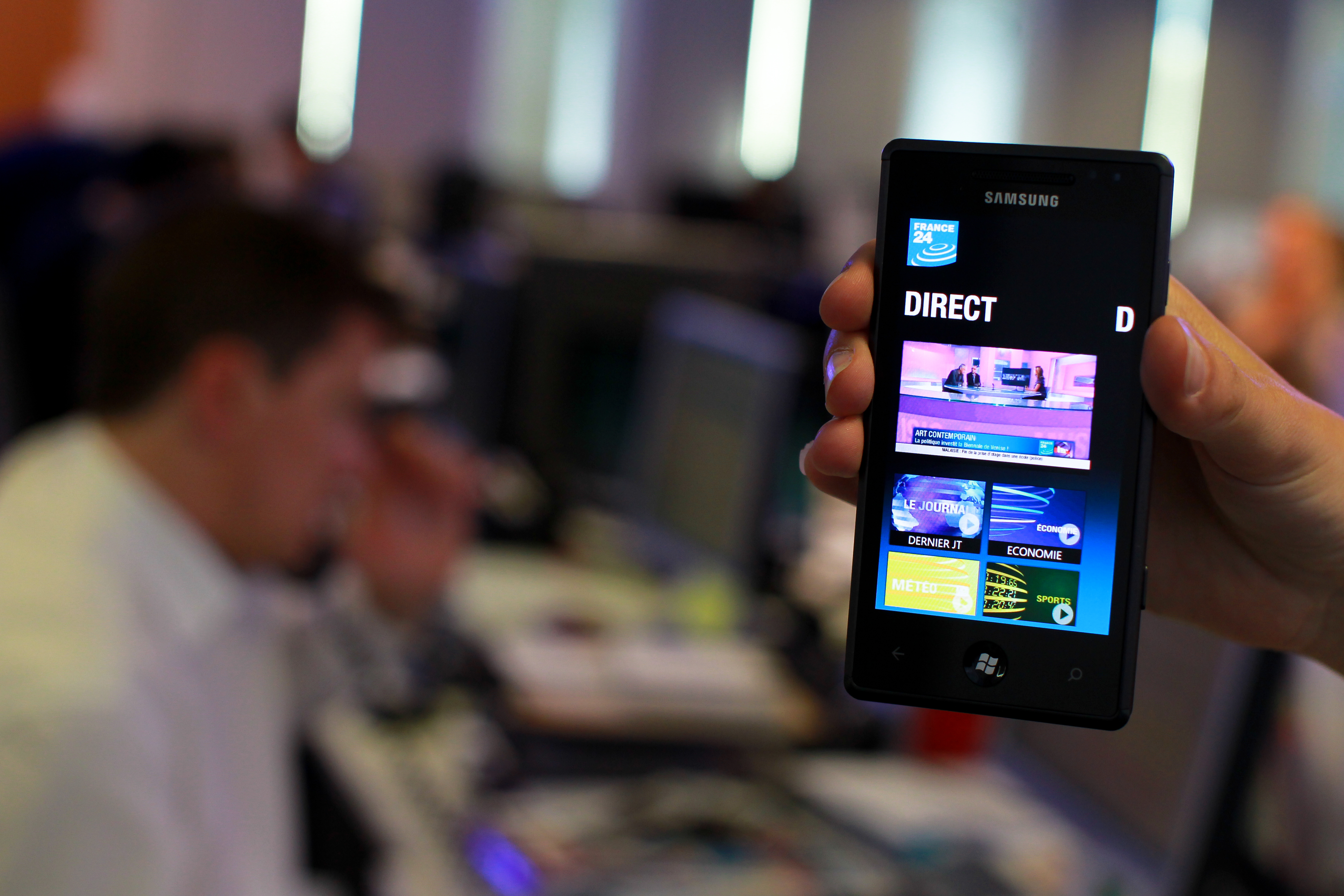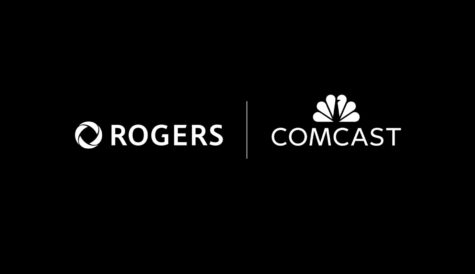Flexible friends: channel delivery in a multiscreen world
Offering content across multiple screens is becoming a necessity for channel operators as consumers demand greater flexibility in how they watch TV.
‘TV Everywhere’ – or the extension of content to multiple screens – has been the topic du jour at TV industry conferences for the past couple of years. A related area – social TV – has also been a key industry talking point over the last year. Both topics address the growing popularity of digital devices including tablets and smartphones that TV subscribers increasingly see either as a substitute or a complement to traditional TVs.
The launch of multiscreen services has largely been viewed by channel providers as something that should be done to strengthen the existing pay TV ecosystem by allowing distribution partners to cater to the growing demand to view content on connected devices.
AMC/Sundance Channel recently launched on iPhones and iPads in Spain after the broadcaster signed a deal with Telefónica’s Movistar Imagenio service. The July launch on Apple devices followed deals with Telefónica for Android and Blackberry smartphones. The channel has been carried by Telefónica’s IPTV platform in Spain since 2011.
Bruce Tuchman, president, AMC/Sundance Channel Global believes that the deal was a key moment in the group’s development of its multiplatform distribution strategy internationally. He argues however, that for AMC/Sundance Channel ‘TV everywhere’ and over-the-top delivery is primarily about finding new ways to add value to the offering of pay TV distribution partners.
“It’s all about supporting the pay TV ecosystem that has supported us,” he says. “The key is encouraging subscribers to stay with the pay TV operators. We want to work very closely with our partners to offer these services across the board so we can build on rather than cannibalise their existing offering.” The added value from over-the-top delivery is primarily through enabling subscribers to view content they are already following on linear on multiple devices at a time and place convenient to them, rather than giving them an alternative to subscribing to a pay TV service. “When you are following a new series you are going to follow it wherever it goes,” says Tuchman. “People are going to do this and we want to reward the pay TV ecosystem by enabling it.”
Additional feature
To the extent that the pay TV operator relationship is the lynchpin of its business, AMC/Sundance Channel will continue to offer OTT and multiscreen as an additional feature rather than a substitute for pay TV. While the channel recently teamed up with Shanghai Media Group to offer a standalone VOD service as part of the latter’s BesTV offering, Tuchman says this is the exception rather than the rule: “We’re offering our programmes on an on-demand only basis there because there is no linear option for a mass subscription base.” Elsewhere, AMC/Sundance Channel will stick with the traditional business model of working direct with linear pay TV subscription platforms.
Also looking to offer something extra to distribution partners is kids channel KidsCo, which is currently revivifying its multiscreen efforts. Global managing director Hendrik McDermott is turning his attention to the MyKidsCo project that was initially aired a couple of years ago.
“It’s been on the backburner but we’re hoping to announce a timeline at the end of the year. We’ve spoken to platforms that are interested in things that differentiate them,” he says. “MyKidsCo allows kids to influence the schedule. It can be done on a set-top or iPad. We’ve cleared rights – the first issue. The second is technology development – especially around the large number of set-tops out there. Getting to a simplified version that can easily be implemented takes work,” he adds.
KidsCo, which currently bundles video-on-demand rights with its affiliate distribution deals, could also look to distribute its programming independently of operators under some circumstances, says McDermott. “We haven’t ruled out OTT,” he says. “It needs to be looked at on a country-by-country basis and not risk relationships with distributors. Where we can’t get distribution deals or there are monopoly distributors it might be the only option for us.”
While KidsCo operates within pay TV operators’ basic tiers, premium service provider HBO Central Europe has also addressed demand for multiscreen viewing by launching its own service – HBO Go – as a bonus offering for pay TV customers, again in partnership with existing affiliates.
Speaking on a panel session at the recent CTAM Europe EuroSummit in Vienna, Eric Council, vice-president, regional marketing, HBO Europe said HBO Go was hugely important to the broadcaster, but was part of the bigger picture of HBO and sought to bring an added benefit to viewers.
Channels not reliant on pay TV subscriptions have been freer to experiment with pure over-the-top distribution.
Having launched its channel on the internet one day before making it available on TV, news broadcaster France 24 has remained active in the OTT space. It recently launched, for example, its French-language news channel on the UK’s Freeview platform via the service’s broadband connection, which is controlled by Vision IPTV. It has also separately launched a new connected TV platform giving access to its three channels as well as on-demand content. The app also enables users to share content on Twitter and Facebook and is available on connected TVs, tablets and mobile phones via various consumer electronics manufacturers in Europe. “OTT distribution is likely to become more and more important over time,” says Eric Cremer, France 24’s vice-president of distribution.
He warns, however, that channel operators should not overestimate the potential of OTT. These kinds of services, he says, should be viewed in the context of traditional linear TV carriage deals. “Cable and satellite are still massively dominant networks to access linear TV channels and will remain for a long time. Rather than thinking in terms of competition between traditional distribution and OTT, we prefer to consider them as complementary. For example, OTT can be a cost effective way of providing the channel in a specific zone where broadcast costs are too high. It’s also an opportunity to provide the three channel feeds when only one language is available on one operator network, which is usually for reasons of network saturation. And OTT is finally an opportunity to target different segments of the population, usually a younger audience,” he says.
Content rights
For both TV Everywhere and pure OTT distribution, channels face the challenge of acquiring the necessary content rights – which may have been sold separately to third parties.
One way a channel operator can make the transition from the linear space to on-demand as smooth as possible is therefore by owning its own content. Music broadcaster Trace launched a sports celebrity lifestyle channel last year, called Trace Sports. According to CEO Olivier Laouchez around 80% of the channel’s content is commissioned by Trace, giving it more control over it. “Trace Sports is already available and successful on several VOD platforms. The majority of the content is original and some is produced by Trace, meaning we hold the rights and can clear it for IPTV and web TV platforms at our own discretion,” says Laouchez. Trace recently signed a deal with Turkish sports production company Enda Sports & Media that will see Enda produce and distribute a Turkish version of Trace Sports, as well as manage content syndication and advertising sales.
The situation is more complicated when it comes to clearing rights associated with music channels. Laouchez is confident, however, that it can clear rights and is planning to launch an on-demand service, called Trace Music Player, next year.
Laouchez is keen to point out that any kind of on-demand or OTT offering is generally best delivered by pay TV operators. He says Trace will “probably, and hopefully, never” adopt a pure OTT strategy and break away from the traditional pay TV model. “On a case-by-case basis, if a new market can not be entered via an existing pay TV distribution network, we will consider all possible alternatives to deliver our brands,” he adds.
For channel providers that rely on a mix of wholly-owned and acquired content, the rights piece may not be so straightforward. However, there are signs that content owners are beginning to appreciated the need to sell multiscreen rights as part of a package to channels – at least insofar as viewing within the walls of the home is concerned.
Speaking on a panel session on TV Everywhere at the recent CTAM Europe EuroSummit in Vienna, Chellomedia Central Europe CEO Levente Malnay said that rights owners increasingly understood that the future of their product would involve letting viewers watch on multiple platforms. He said that some genres were easier than others to acquire rights for. For example, while Chellomedia had been successful in acquiring TV Everywhere rights for content to a number of its thematic channels, movie rights were much more difficult, he said.
In general channel providers are experimenting with a range of digital initiatives as well as supporting the TV Everywhere platforms being launched by service provider partners. Catherine Powell, senior vice-president and general manager, Disney Media Distribution, EMEA, The Walt Disney Company, speaking at the EuroSummit, said that Disney was increasingly undertaking digital activities related to its channels and was creating branded stores and services around its ABC branded services. ABC TV On Demand was one example, hosting all of its top series across multiple territories, she said. Powell said that strong brands were crucial to cut through the clutter of the proliferation of OTT and on-demand services. She said that Disney worked with pay TV operators in markets where it partnered with them, such as CanalSat in France, while in Spain, where it was free-to-air, it had developed its own app and replay service.
Kate Bradshaw, head of digital, Food Network UK, speaking on the panel, said that Food Network content lent itself to the digital space, with short-form content being available on-demand. She said it was important to take content into the catalogues of different on-demand aggregators, and added that there were opportunities to make additional money from data that could be supplied to advertisers.
Heather Killen, executive chairman, Horse & Country TV, also speaking on the panel, said that her channel had undertaken a range of digital initiatives, catering to a community of people that “spent a lot of money on something they are passionate about”. She said that equestrian sports and lifestyle was an underserved interest area on mainstream TV. Killen said that the broadcast channel was viewed as a way to pull together an interested audience that then could be sold additional products via digital platforms.
Larger channel providers have taken advantage of the resources available to them to go further still. Discovery Networks International, for example, has also branched out into original production for the web through the acquisition of digital production company and internet TV portal provider Revision 3.
“It’s a great step into another big area of broadband media that may be a little more suited to a company like us,” says Discovery Networks International president and CEO Mark Hollinger. “It’s an interesting space and we’ll see how the business model develops. We’re so early in that it’s hard to know if it could be applied internationally but a third of Revision 3’s visitors are international.”
While Hollinger differentiates Revision 3’s content by characterising it as “professionally produced” with a strong degree of “curation” in the way content is presented on its web site, he is keen to emphasise that digital initiatives must strengthen rather than dilute the existing pay TV ecosystem.
“We want to make sure the viewer experience for pay TV is as good and sticky as it could possibly be,” he says. For digital initiatives and second-screen applications and content to work, the effect on audiences has to be measureable, and Hollinger says that in assessing the opportunity it is important for Discovery and its affiliates to figure out the audience metrics and work out a way to measure viewership, and to identify real advertising opportunities on the second screen. “We push the idea of measurement and we like the idea of having that be in an advertising-supported environment,” he says. “We need to get people used to the idea that there is an investment in the content.”
Nevertheless, he adds, second screen and other digital initiatives are “much more about marketing and subscriber retention” than about making money in their own right at the moment.




